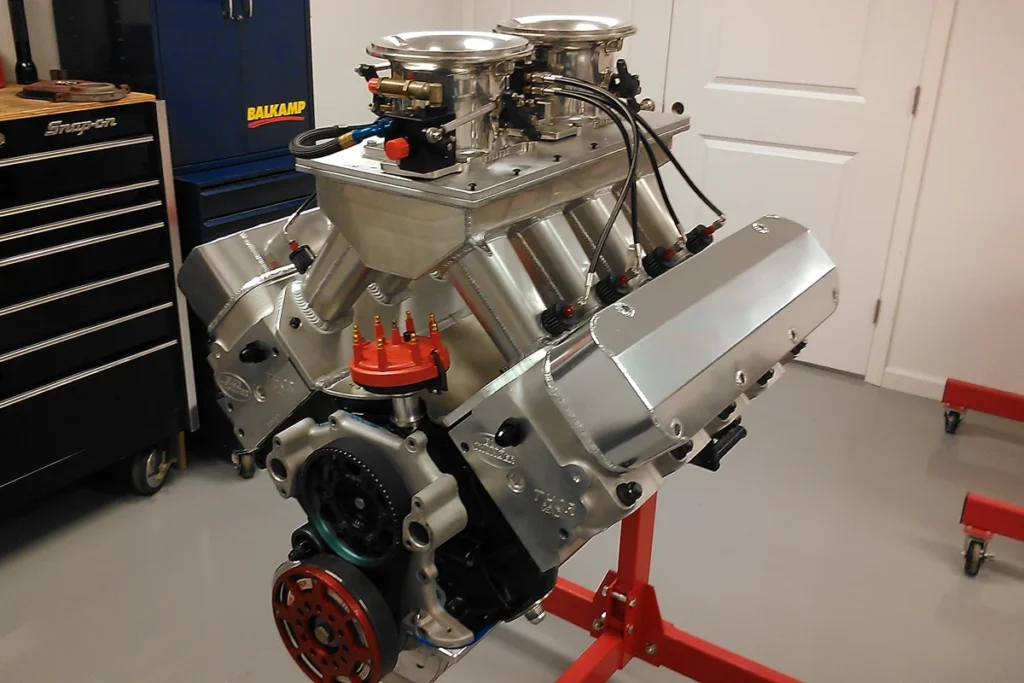Introduction The landscape of American medical technologies has undergone significant transformation over the past few decades. Driven by advances in science and engineering, these technologies have revolutionized the diagnosis, treatment, and prevention of diseases, profoundly impacting patient care and healthcare delivery. This comprehensive overview explores the evolution, current state, and future prospects of American medical technologies, highlighting key innovations and their implications for the healthcare system. Historical Evolution of Medical Technologies in America Early Innovations The history of medical technology in America is marked by several groundbreaking innovations. In the early 20th century, the invention of the X-ray machine revolutionized diagnostic imaging, enabling physicians to view the internal structures of the body without invasive procedures. The development of the electrocardiogram (ECG) in the 1920s provided a non-invasive means to monitor heart activity, significantly advancing cardiology. Mid-20th Century Advances The mid-20th century saw the advent of antibiotics, such as penicillin, which transformed the treatment of bacterial infections and saved countless lives. The development of vaccines, such as the polio vaccine by Jonas Salk in the 1950s, eradicated or controlled many infectious diseases. Additionally, the introduction of medical devices like the pacemaker in the 1960s provided life-saving solutions for chronic conditions. Late 20th Century to Present The late 20th century to the present day has been characterized by rapid advancements in digital technology, biotechnology, and medical devices. The development of computed tomography (CT) and magnetic resonance imaging (MRI) has further refined diagnostic imaging. Innovations in minimally invasive surgical techniques, such as laparoscopic and robotic surgery, have reduced recovery times and improved outcomes. The advent of personalized medicine, driven by genomic research, has opened new frontiers in tailored treatments. Key Innovations in American Medical Technologies Diagnostic Technologies Imaging Technologies Modern imaging technologies have vastly improved diagnostic accuracy. CT scans, MRI, and positron emission tomography (PET) scans provide detailed images of the body’s internal structures, aiding in the early detection and monitoring of diseases. These technologies are crucial in oncology, cardiology, and neurology, among other fields. Molecular Diagnostics Molecular diagnostics, including polymerase chain reaction (PCR) and next-generation sequencing (NGS), have revolutionized the detection of genetic disorders, infectious diseases, and cancer. These technologies enable precise identification of pathogens and genetic mutations, facilitating targeted therapies and personalized treatment plans. Therapeutic Technologies Biologics and Biosimilars Biologics, derived from living cells, have transformed the treatment of chronic diseases such as rheumatoid arthritis, multiple sclerosis, and cancer. These therapies, including monoclonal antibodies and gene therapies, offer targeted treatment options with fewer side effects. Biosimilars, which are analogous to biologics, provide more affordable alternatives, improving access to these advanced therapies. Advanced Prosthetics and Implants The development of advanced prosthetics and implants has significantly improved the quality of life for individuals with disabilities or injuries. Innovations such as bionic limbs, which integrate with the nervous system, and 3D-printed implants tailored to individual anatomy, have set new standards in rehabilitation and reconstructive surgery. Digital Health Technologies Telemedicine Telemedicine has gained widespread adoption, particularly during the COVID-19 pandemic. It enables remote consultations, reducing the need for in-person visits and expanding access to care in underserved areas. Telemedicine platforms integrate video conferencing, electronic health records (EHRs), and diagnostic tools, facilitating comprehensive remote care. Wearable Health Devices Wearable health devices, such as smartwatches and fitness trackers, monitor vital signs, physical activity, and sleep patterns. These devices provide real-time health data, empowering individuals to manage their health proactively. Healthcare providers also use this data for remote monitoring and early intervention in chronic disease management. Surgical Technologies Robotic Surgery Robotic surgery systems, such as the da Vinci Surgical System, enhance precision and control in surgical procedures. These systems allow for minimally invasive surgeries with smaller incisions, reduced blood loss, and faster recovery times. Robotic surgery is widely used in urology, gynecology, and cardiothoracic surgery. Minimally Invasive Techniques Minimally invasive surgical techniques, including laparoscopic and endoscopic surgeries, have become standard practice in many fields. These techniques reduce the physical trauma associated with surgery, leading to shorter hospital stays, lower risk of complications, and quicker recovery. Impact on Healthcare Delivery and Patient Outcomes Improved Diagnosis and Treatment The integration of advanced medical technologies has significantly improved the accuracy of diagnoses and the effectiveness of treatments. Early detection of diseases through imaging and molecular diagnostics allows for timely intervention, improving patient outcomes. Targeted therapies and personalized medicine have increased the efficacy of treatments, particularly in oncology and chronic disease management. Enhanced Patient Experience Medical technologies have enhanced the patient experience by reducing the invasiveness of procedures and shortening recovery times. Telemedicine and wearable health devices offer greater convenience and autonomy for patients, allowing them to manage their health more effectively and maintain better communication with healthcare providers. Increased Access to Care Technologies such as telemedicine and mobile health applications have expanded access to care, particularly in rural and underserved areas. These innovations address barriers to healthcare access, including geographical distance, mobility issues, and limited availability of specialists, ensuring that more individuals receive timely and appropriate care. Challenges and Future Directions Regulatory and Ethical Considerations The rapid pace of medical technology innovation presents regulatory and ethical challenges. Ensuring the safety, efficacy, and affordability of new technologies requires robust regulatory frameworks. Ethical considerations, such as data privacy and the equitable distribution of advanced therapies, must be addressed to prevent disparities in healthcare access. Integration and Interoperability The integration of diverse medical technologies into existing healthcare systems poses challenges related to interoperability and data management. Seamless integration of EHRs, diagnostic tools, and treatment platforms is essential for efficient and coordinated care. Standardizing data formats and communication protocols is crucial for achieving interoperability. Research and Development Continued investment in research and development is vital for advancing medical technologies. Collaborative efforts between academia, industry, and government agencies can drive innovation and translate scientific discoveries into practical applications. Fostering a supportive environment for startups and emerging companies can also accelerate the development of cutting-edge technologies. Future Prospects Artificial Intelligence and Machine Learning Artificial intelligence (AI) and machine learning (ML) are poised to revolutionize medical technologies.














